Basler Fasnacht in Switzerland

Every town in this world has a unique touch to it and Switzerland being a very beautiful country has a good number of towns. One of them is called Basler. During The Swiss carnival season, otherwise called Fasnacht in Switzerland’s German-talking regions, is when disarray and happiness rule. The custom has shifting oral beginnings: as an old Germanic conciliatory practice, a party time before the penitential time of Lent, a celebration to drive away devils, and a festival denoting the finish of winter.
HISTORY:
After the Reformation in 1520, Basler kept recognizing the Fasnacht, while different locales have paused them formally. To differentiate from regular catholic traditions, Fasnacht takes place a week after the beginning of 1529. Unfortunately, there are no archives available at the moment to support this hypothesis. The decision took place only 200 years later in 1529.
Many biographers mentioned that the catholic festival was six days ahead of the initial date during the year 1091 in the council of Benevent. This is because Sunday is kept out due to 40 day fasting period before Easter. This puts Ash Wednesday as the opening day of Lent. Until the sixteenth century, there were two festival dates. The first day is the finishing on Ash Wednesday, also named as Herren-or Pfaffenfasnacht (rulers’ or alternately ministers’ festival). The second one was one week after Ash Wednesday, also known as Bauernfasnacht (ranchers’ festival). Only the second festival date is taken into consideration in Basel.
Switzerland Honeymoon Package @ ₹82,287*
FASNACHT BASEL:
Fasnacht Basler is the biggest and most renowned fair in Switzerland. Basel fair is on the Monday following Ash Wednesday, happening over the privately authored three best days. Basel Fasnächtlers dress head to toe in ensembles to conceal their personalities. Individuals from clubs – groups playing piccolos and Basler drums – wear themed attire to march around Basel Fasnacht. The permanent “Basler Fasnacht” exhibition venue quickly brings guests into a distinctive carnival atmosphere. This is accompanied melodically by the sounds of piccolos and drums.
visitors will wander through the corridor and various other rooms. The rooms have historical paraphernalia, this gives the Basel Fasnacht its distinctive face.
Also Read: Switzerland in March: Weather, Festivals, Places to Visit, Things to Do
- Cliques
- Gugge (Brass Band)
- Schnitzelbank Singers
- Floats
- Schyssdraggziigli
CLIQUES:
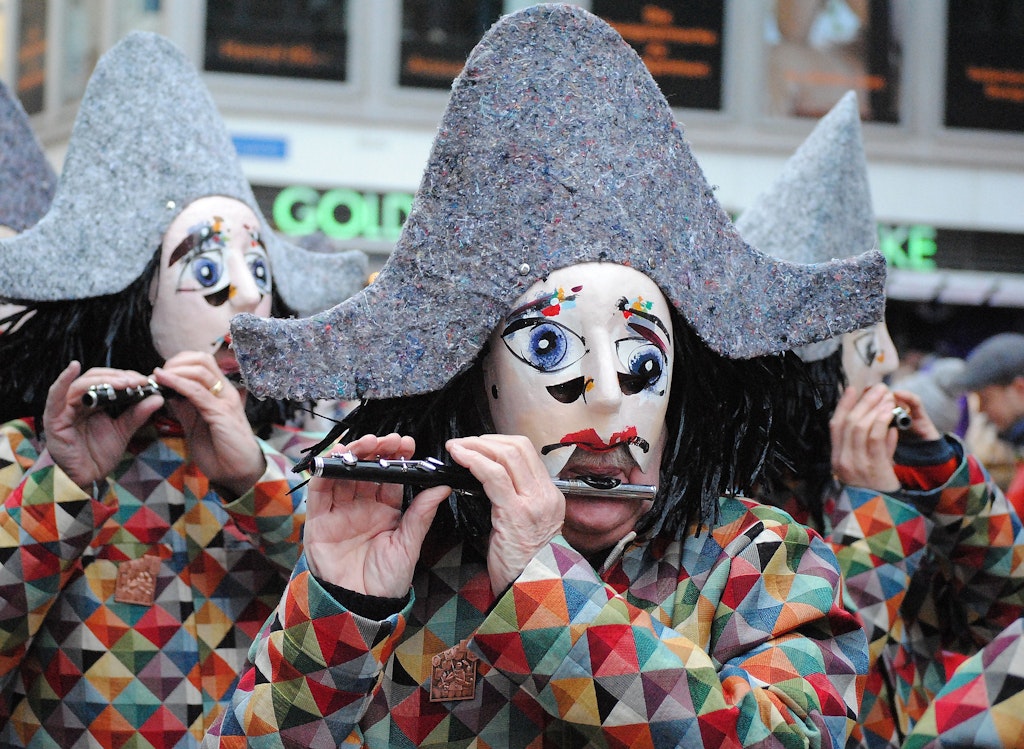
In Basler, one of the oldest and well-established arrangements are the Cliques, who walk through the old town playing piccolo and Basler drum. A Clique for the most part comprises a Vanguard, the flutists, the Drum Major, and the Drummers. The Cliques do not follow a fixed course, as it is extremely normal for cliques to run into each other. One person allows the other to pass, and the vanguard assists the bystanders.
GUGGE(BRASS BAND)
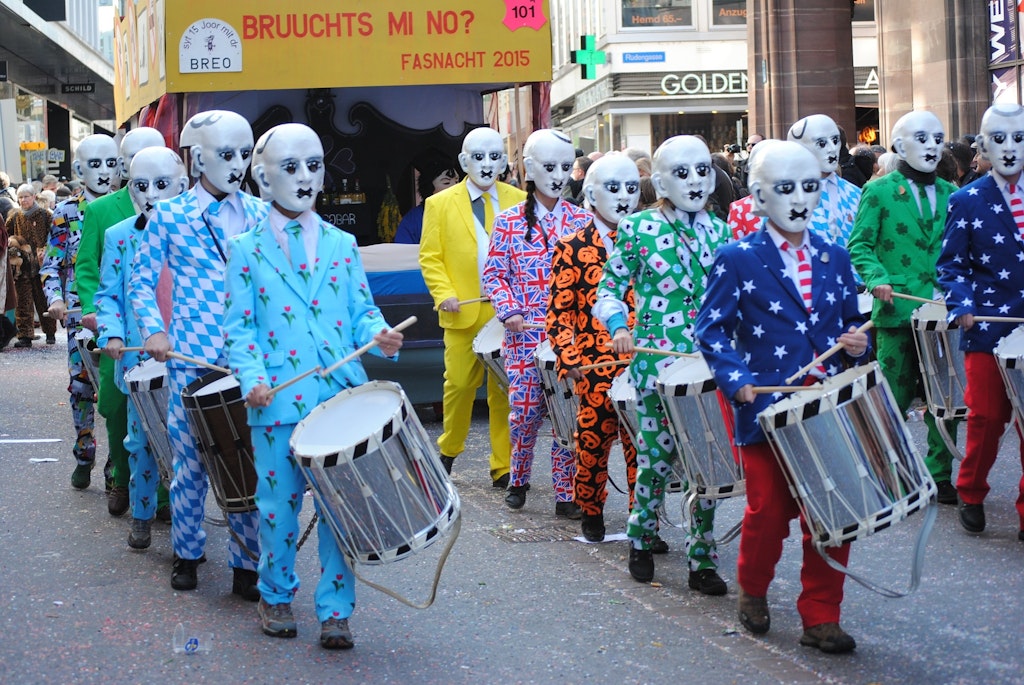
Walking with the Brass Band playing the Guggenmusik are other arrangements present during the carnival. Even though the Guggemusik does not take part in Morgestreich, they walk and play all through the Fasnacht, beginning with the cortege on Monday and Tuesday night when they carry out in the Guggekoncerts in different locations.
Also Read: Events & Festivals in Switzerland that you shouldn’t miss!
SCHNITZELBANK SINGERS:
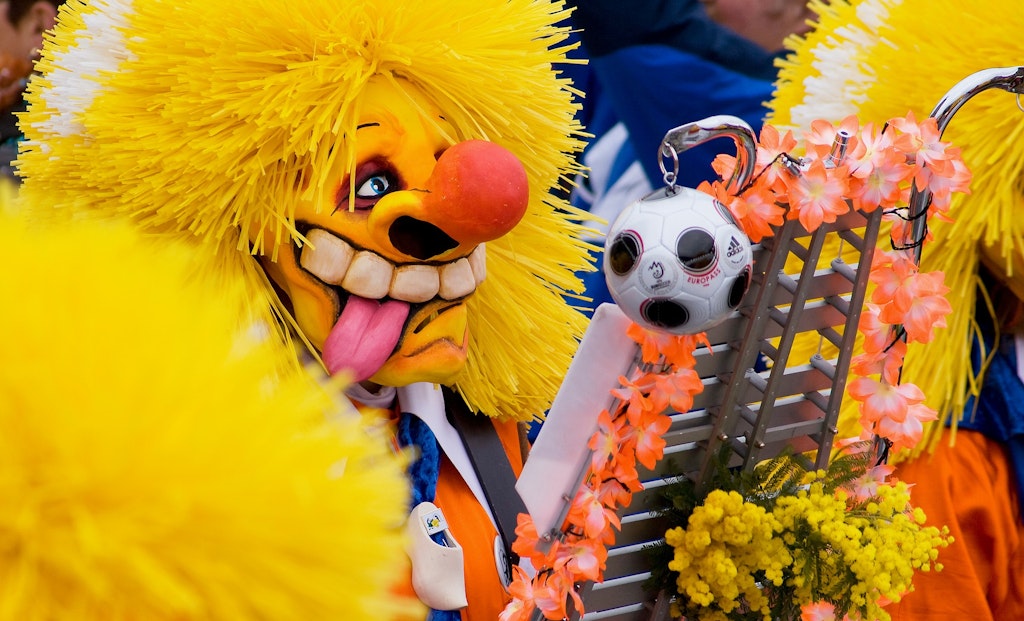
The Schnitzelbank artist is a lyrist who sings comical refrains about recent developments in Basel or from around the world. The poetries will be in Swiss German and the artist are showing some demonstrations. The identical sections are carried out by different Cliques. The vocalists show up consistently in the cafes and bars on Monday and Wednesday nights and in Clique conference centers on Tuesday.
FLOATS:
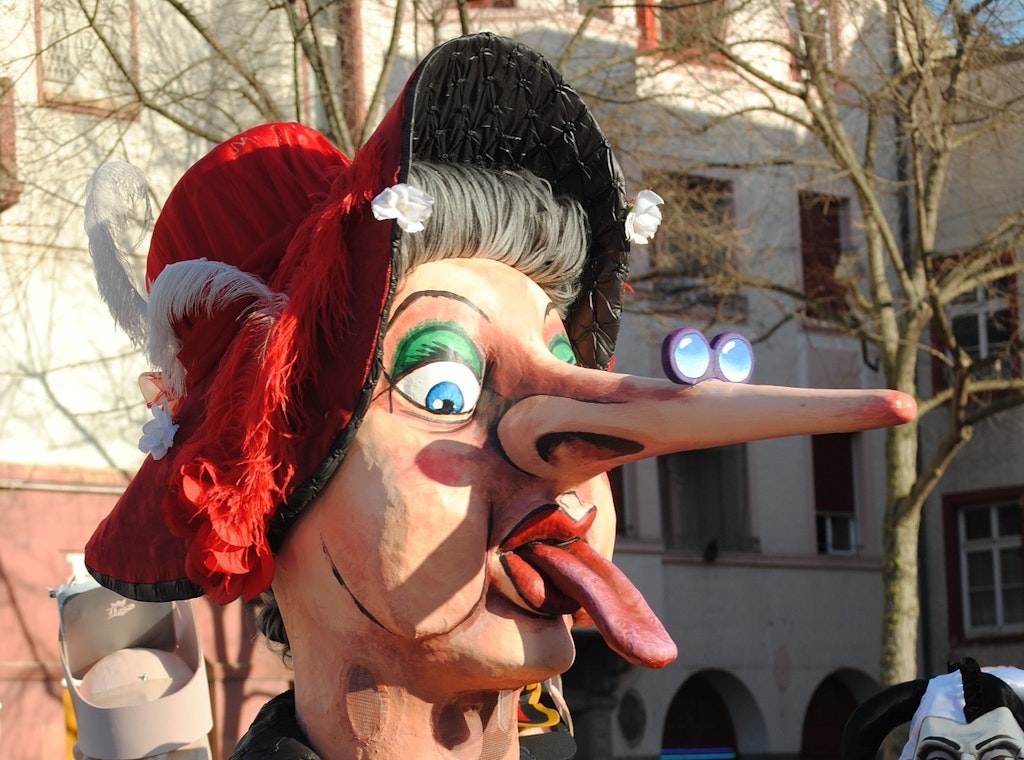
When the cortege is taking place, there are many trucks and other vehicles with embellished trailers. In these enormous trailers are Waggis normally tossing oranges, desserts, blossoms, or different treats to (or at) the group. The Waggis likewise give spectators an extensive measure of confetti. The Waggis are passionate Alsatian ranchers who, in the far-off past, consistently moved up to Basel market to sell products. A few trucks are in plain view on the kasernenareal from Monday night to Wednesday morning.
Like the Waage are the more modest carriages with just 2-4 individuals offering treats. A large portion of individuals in the carriages are impolite than the Waggis, will be dressed like old women, and are called the Alti Tante (signifying “old auntie”), giving them a close imperial inclination.
Switzerland Tour Package Starting @ ₹89,412
SCHYSSDRAGGZIIGLI:
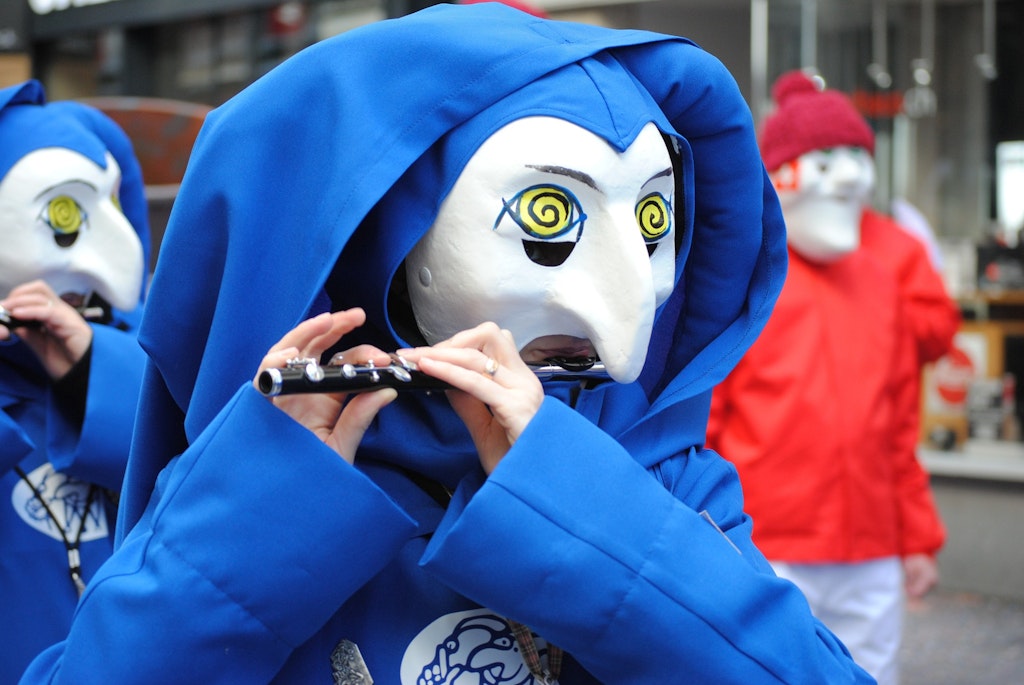
Numerous non-clique people and little gatherings, known as the Schyssdraggziigli, also take a stroll through the roads, just like Cliques, they all use the same instrument to play music
OTHER EVENTS:
Lanterns are the show-stoppers of each inner circle and simultaneously sparkling “masterpieces”. Room-high lamp separates the hall give a great declaration to this opposition and the occasionally searing analysis of legislative issues and society. They additionally show that the Basel Fasnacht isn’t just a massive celebration of sounds and tones, yet additionally one of tones and dreams.
Large segments of the population are effectively associated with the “three most wonderful days” of the year. This is noticeable in the lights and the Larva art.
Three rooms are given to the high specialty of the Larvae. There is Larva studio on the first one. The second one is the indigenous models, and the third room is where the artworks are displayed.
The recreated “Fasnachtsbeiz” (fair bar) shows how the Basel amusement park goes on today. A similar Schnitzelbank performs there. Singing and utilizing sections, he ridicules the occasions of the previous year.
UNESCO decided that the Schnitzelbänke promote resilience and union in the public arena through their social analysis. The Basler Fasnacht is tantamount to an enormous sarcastic magazine. For that reason, UNESCO has remembered the Basel Carnival for 2017 as the social legacy of mankind.
Also, Read:14 Things to Do in Switzerland in Summer For a Splendid Vacation
ENTRANCE FEE:
The entrance fee for the full house including all exhibitions is CHF 16.00 per adult above 20 years. Youngsters aged between 13-19 years cost CHF 5.00. Children aged up to 12 years will have free admission. Discounted tickets are available for student and group bookings. For students up to age 29 years, tickets will cost CHF 5.00. Group bookings for 10 or more will cost CHF 11.0 per person.
Overall the festival is filled with food and drinks everywhere. The cafes and restaurants serve traditional dishes like the rösti with pork and mushrooms in cream sauce or the sausages with bread and mustard. The mehlsuppe is a traditional soup which is made from beef broth, flour, and onions are one of the best. All the above dishes served with a cold beer or hot mulled wine are the perfect combination to enjoy the Basler Fasnacht. Are you electrified to attend this carnival? Book your Switzerland tour package from india with Pickyourtrail now! To keep up with everything travel, keep following Pickyourtrail.
Related Posts
Update your location?












